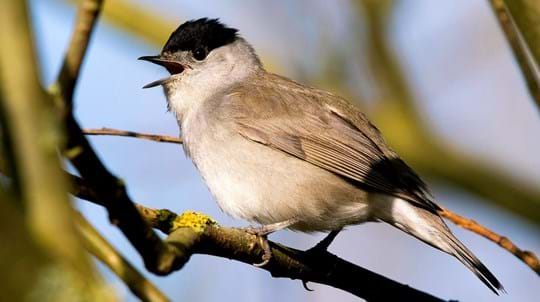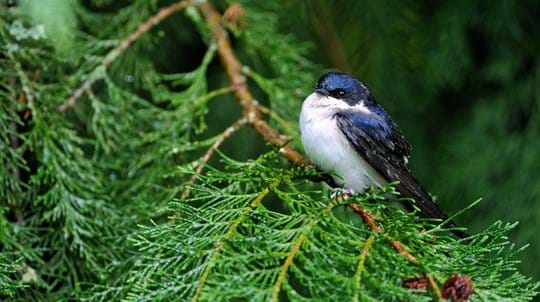
Credit: FLPA / Alamy Stock Photo
How do sand martins breed?
Sand martins are social nesters. Between a dozen and several hundred pairs nest close together in a colony. They nest at the end of tunnels up to four feet in length, bored into sand pits, gravel pits, and sea cliffs. Nests are lined with vegetation and feathers. Sand martins will keep coming back to sites for years and will build new tunnels as and when necessary.
They lay four to five eggs in late May or early June, with eggs hatching after around two weeks. Approximately 20-24 days later chicks will fledge. Sand martins usually have two broods each year.









